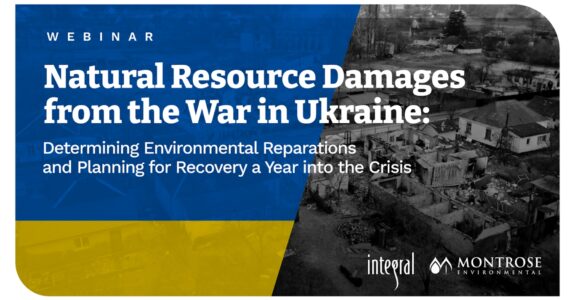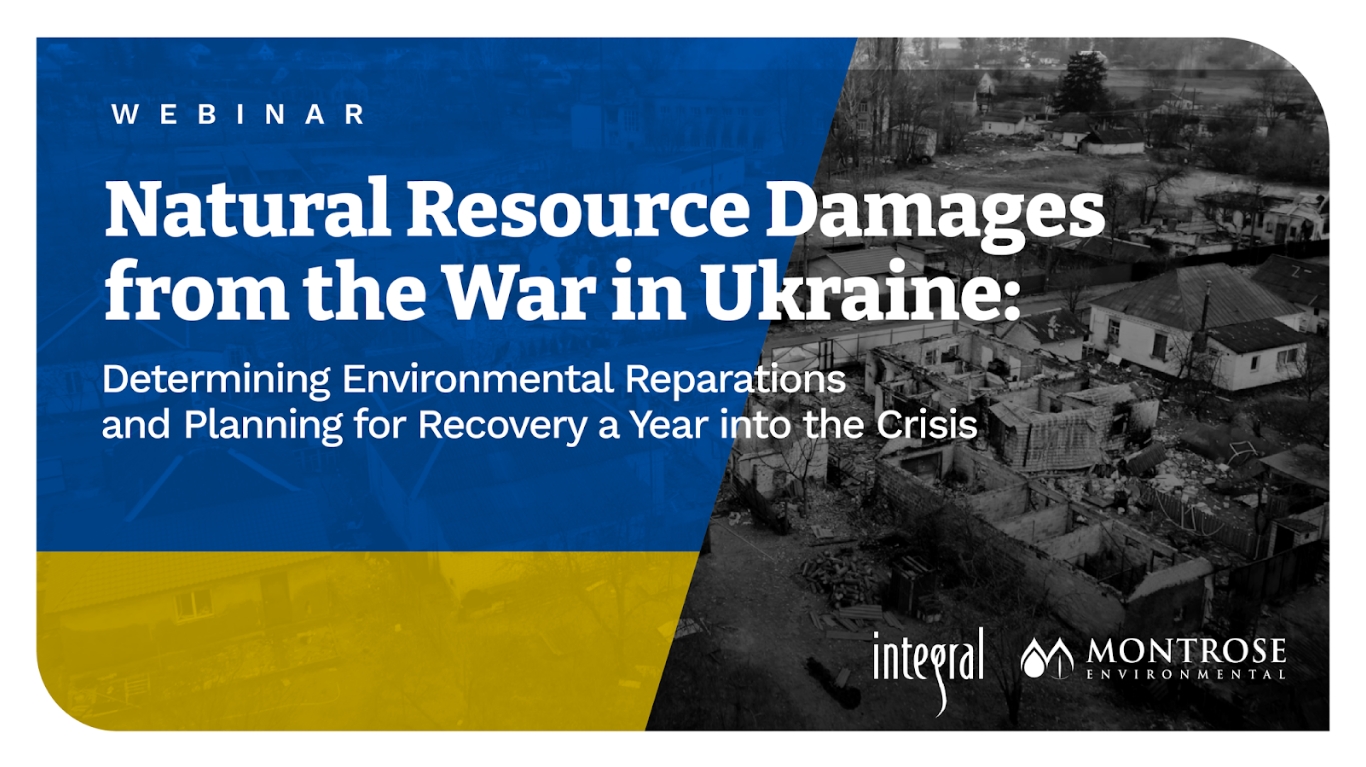
Are there any legal obstacles that countries have faced while implementing NRDA?
August 7, 2023
By: Richard Wenning, PhD and Ted Tomasi, PhD
Are there any legal obstacles that countries have faced while implementing a natural resource damage assessment framework?
There are pitfalls and legal obstacles at every stage in a damage assessment framework. At each step in the process, potential problems in data collection, analysis, and interpretation could result in an unsubstantiated or inaccurate damage assessment that fails the evidentiary standards for clarity and transparency demanded by a court of law. In a court of law, these deficiencies could be cited as reasons for reducing reparation claims or, worse, inspire the court to reject the entire claim outright. Furthermore, a poorly planned damage assessment could weaken or delay the recovery efforts, create inaccurate loss reporting, establish inappropriate restoration priorities, create negative environmental impacts, and delay or result in the denial of recovery funds from donor organizations.
One especially cogent obstacle concerns monetization methods for ecological effects that are not closely tied to well-being. Ecological and human use services (e.g., enjoyment and existence values) are very difficult to monetize accurately, and US courts (and others) impose a high standard when using contingent valuation methods to measure and monetize such effects. Instead, a restoration cost approach has seen wider use because it reflects and embodies these values. For example, suppose an oil spill kills “K” birds. One could attempt to value those birds using survey methods. Imagine the birds are valued at “X” monetary units. First, note that spending “X” on bird restoration is incorrect. If the benefit-cost ratio of restoration actions is “B”, the correct amount to spend to compensate for bird losses is “X/B”. Second, if the value for each bird is “p”, the number of birds needing to be restored, “R”, is such that “pK = pR” (where “K” and “R” are defined in discounted present-value units over time). The value term “p” cancels out. Hence, damages equal the cost of restoring “R” birds, and valuation is not necessarily needed.
References:
What’s Next?
Our team will be exploring NRDA questions more deeply in this five-question blog series. Our goal is to help provide you with a better understanding of Natural Resource Damage Assessments and how the framework applies to the war in Ukraine. As always, we are here to answer any questions you may have. We look forward to helping you and your company achieve your NRDA goals and hope you tune in for our additional workshops and webinars.
5 Questions – Ukraine War and NRDA
Webinar: Natural Resource Damages from the War in Ukraine

Since the beginning of the war in February 2022, Ukraine’s land and water resources have been severely impacted by conflict. In this webinar, Dr. Tomasi and Dr. Wenning will explore a data-driven, science-based approach to estimating the restoration needed and its cost to compensate for the environmental impacts of war.
Presenters:
Richard Wenning, Ph.D., Senior Principal, Montrose
Ted Tomasi, Ph.D., Managing Principal, Integral Consulting
Blog Co-Authors
Richard Wenning, Ph.D.
Managing Principal
Mr. Wenning is an ecotoxicologist with 37 years of experience in environmental impact and ecological risk assessment. He has used decision analysis tools, such as net environmental benefits analysis (NEBA) and comparative risk and remedy alternatives analysis (CRA/RAA), to help companies and governments develop strategies to restore damaged aquatic and terrestrial ecosystems. He has worked on environmental assessments of major human-caused pollution incidents and natural disasters, such as the Deepwater Horizon oil spill in the Gulf of Mexico and Brazil’s Samarco mine tailing dam failure. Mr. Wenning also has experience working in regions across the world, including Asia/Pacific, Australia, Europe, the Middle East, and southern Africa.
Theodore D. Tomasi, Ph.D.
Managing Principal
Dr. Ted Tomasi has more than 30 years of experience as a natural resource economist, specializing in the valuation of natural resources and environmental changes, risk management in the context of use decisions regarding resource use, and benefit–cost analysis. Before beginning his consulting career, he served on the faculties of the University of Minnesota, the University of Michigan, and Michigan State University, where he taught and conducted research on environmental policy analysis, decision-making under uncertainty, and methods for valuing ecosystem services. Dr. Tomasi served as an advisor and economic expert for NOAA’s Damage Assessment Center and sat on expert review panels for the Type-A natural resource damage assessment (NRDA) model for both the Great Lakes and the coastal and marine environments. He has published numerous book chapters and peer-reviewed journal articles, and is a sought-after speaker in the area of environmental damage claims.









